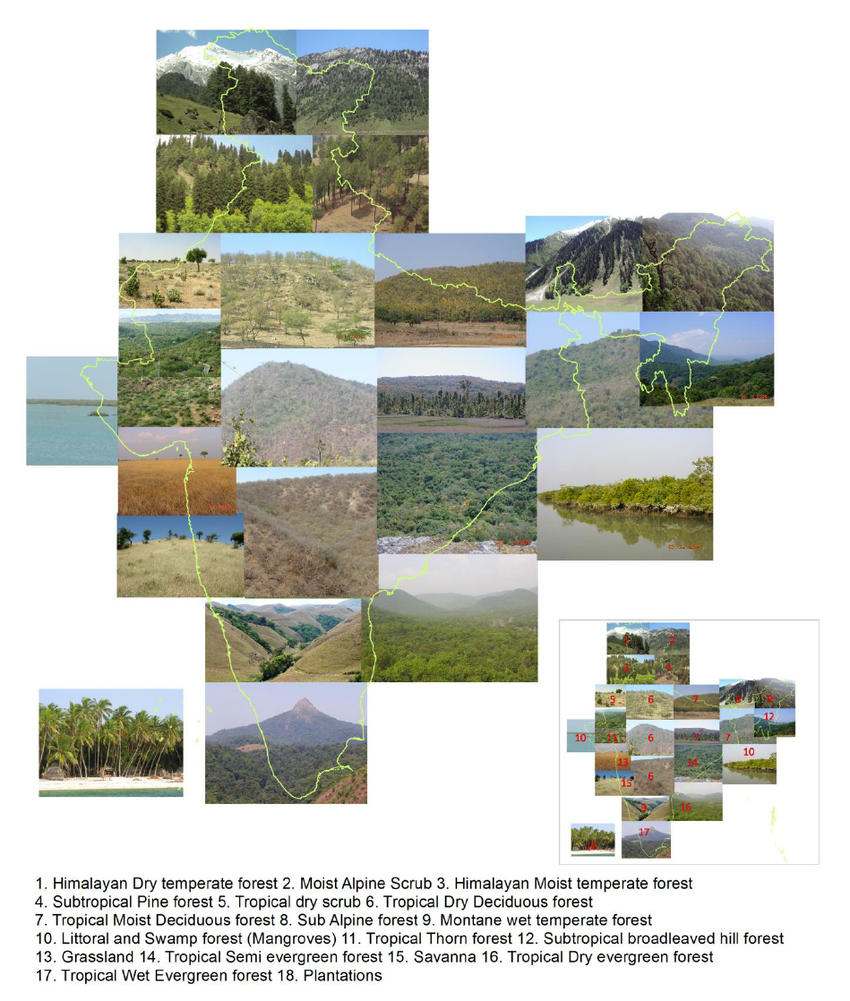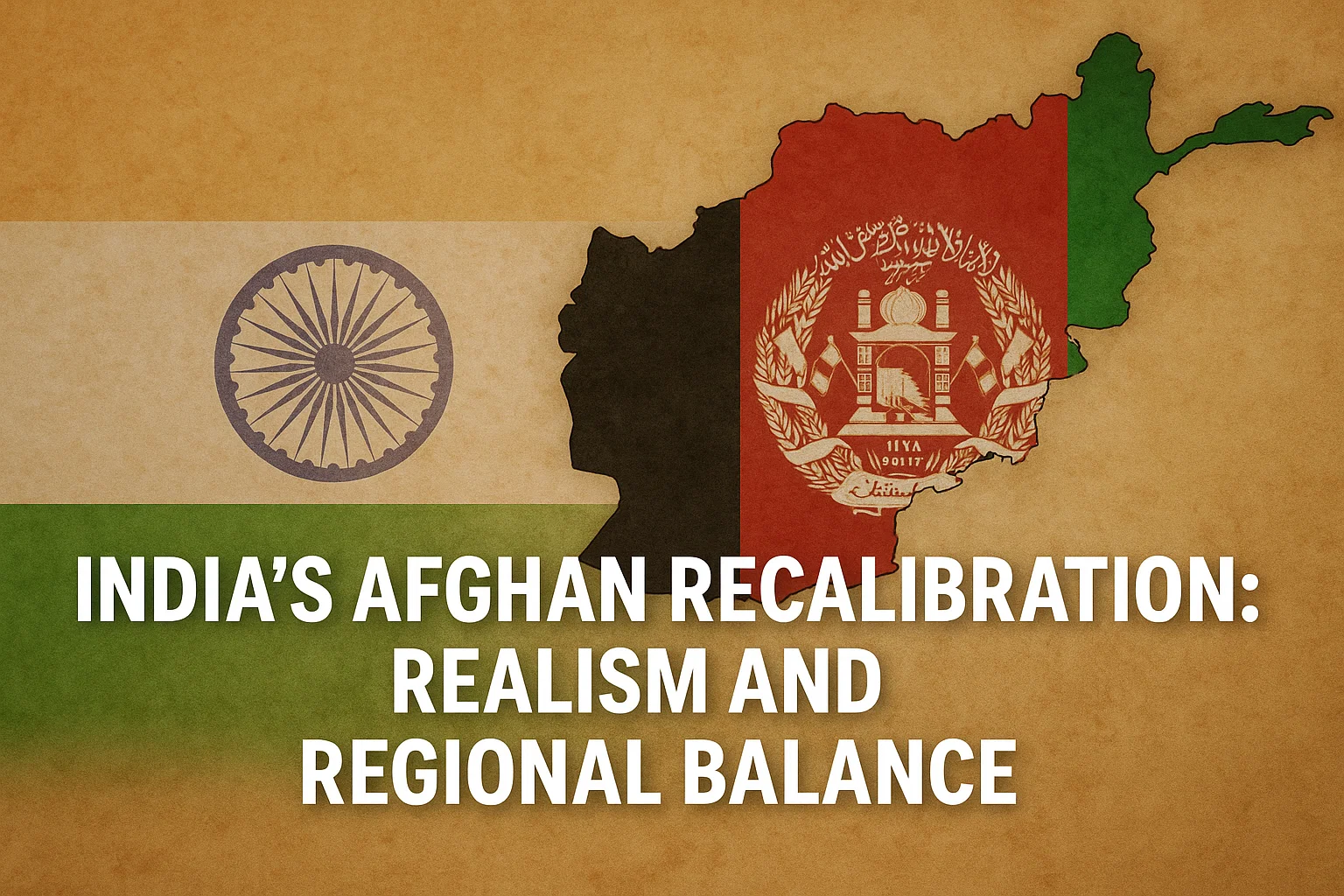Font size:
Print
Recognition of Forests in India
Why environmentalists have criticised Haryana govt’s definition of ‘forest’
Context: On August 18, the Haryana government officially adopted the “dictionary meaning of forest,” citing alignment with Supreme Court precedents and “judicial expectations.” However, environmentalists warn the narrow definition could exclude the Aravalli ridge, leaving it exposed to development, mining, and encroachment.
How is a forest recognised in India?
- Forest (Conservation) Act, 1980 (FCA): The FCA prohibits the de-reservation of forests and diversion of forest land for non-forest purposes without prior approval from the Central Government. It applies to notified forests and, following the 1996 Supreme Court ruling, also to unclassified and private lands with forest-like characteristics.
- T.N. Godavarman Thirumulpad v. Union of India (1996): The Supreme Court ruled that the term “forest” must be understood by its dictionary meaning. This includes all statutorily recognised forests, whether designated as reserved, protected, or otherwise. The judgment expanded the FCA’s scope to cover any forested land, regardless of ownership or official notification.
- 2023 FCA Amendment: The amendment limited FCA applicability to notified forests and those recorded as forests in government documents. Critics argue this dilutes protections for ecologically sensitive areas not formally notified.
What kind of forests are available in India?

India’s forests are incredibly diverse, and the Forest Survey of India (FSI) classifies them based on canopy density and ecological characteristics.
- Very Dense Forest (>70%) – Lush, thick cover; vital for biodiversity and carbon storage.
- Moderately Dense (40–70%) – Substantial tree cover, often in hilly/semi-hilly areas.
- Open Forest (10–40%) – Sparse cover, usually degraded or used for grazing.
- Scrub (<10%) – Poor growth, mostly stunted vegetation.
- Mangrove Forests (Variable) – Coastal, salt-tolerant species; crucial for shoreline protection.
What are the major concerns associated with the move taken by the State Government of Haryana?
- Narrow Criteria: Haryana’s new definition mandates a minimum canopy density of 40% and a minimum area of 5 ha (isolated) or 2 ha (contiguous). This effectively excludes open forests and scrublands, particularly in the Aravalli hills, where low rainfall and rocky terrain naturally support only sparse vegetation.
- Exclusion of Key Ecosystems: Linear plantations, agroforestry, and orchards are excluded—even if ecologically valuable. Community-managed forests, sacred groves, and wildlife corridors may lose protection.
- Risk of Exploitation: The move could open up ecologically sensitive areas to: Real estate development, Illegal mining, and Infrastructure expansion. Critics argue this undermines the Godavarman judgment, which emphasised inclusive forest protection.
- Legal & Ecological Fallout: The Supreme Court has directed states to follow the Godavarman definition while reviewing the 2023 FCA amendment. Haryana’s restrictive criteria may violate this directive, risking legal challenges and ecological degradation.



